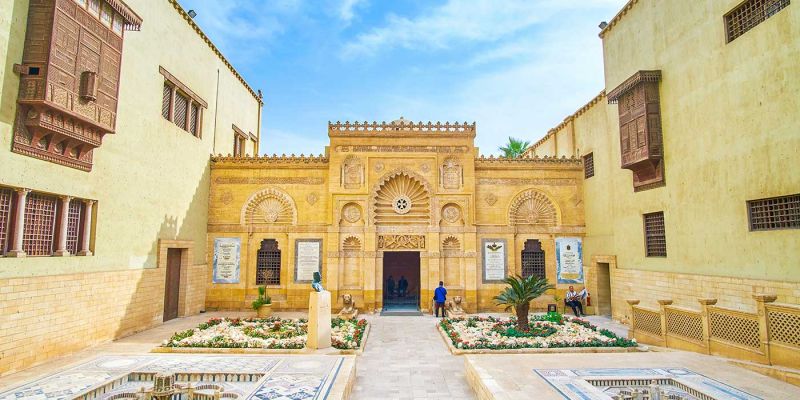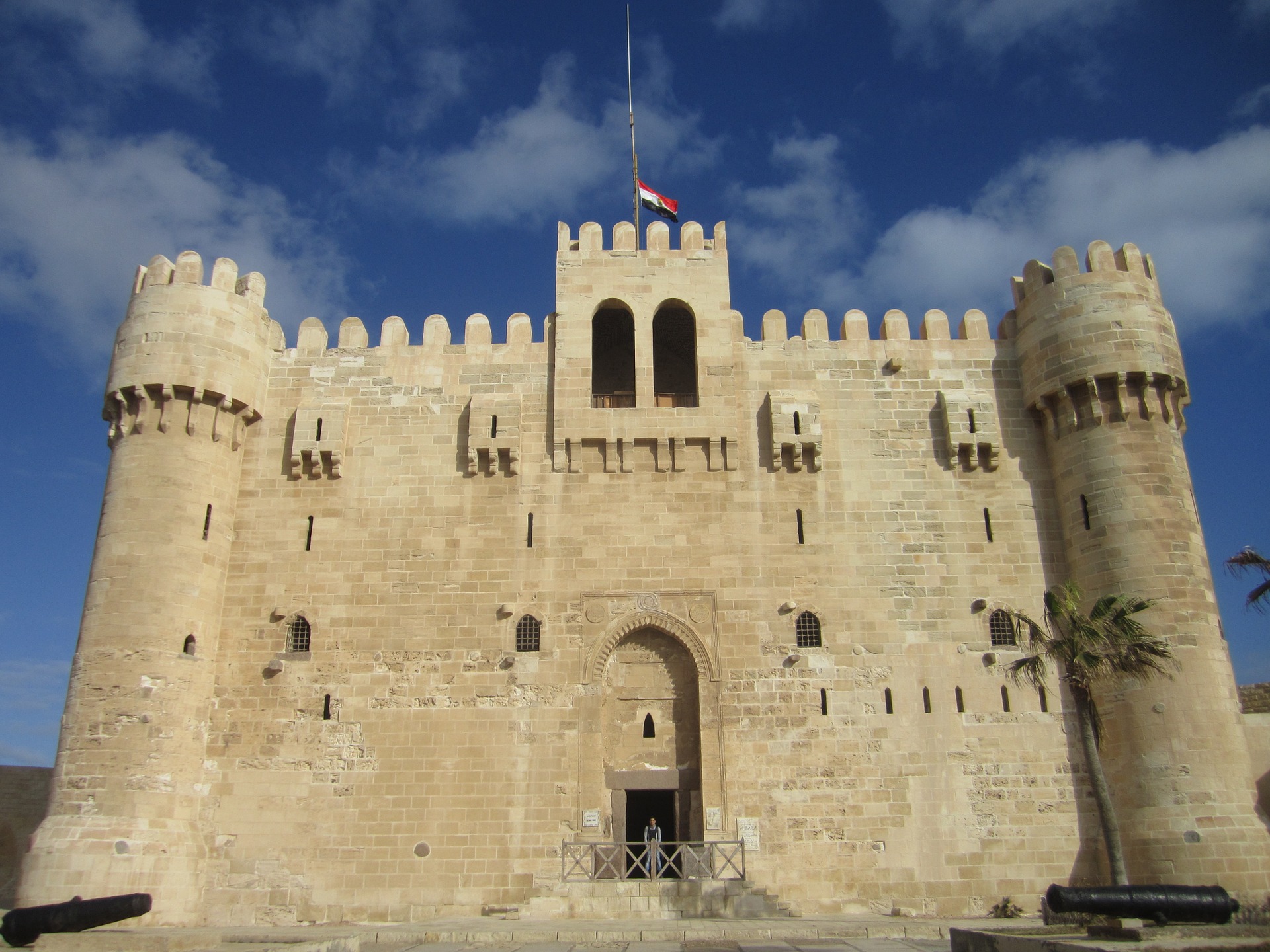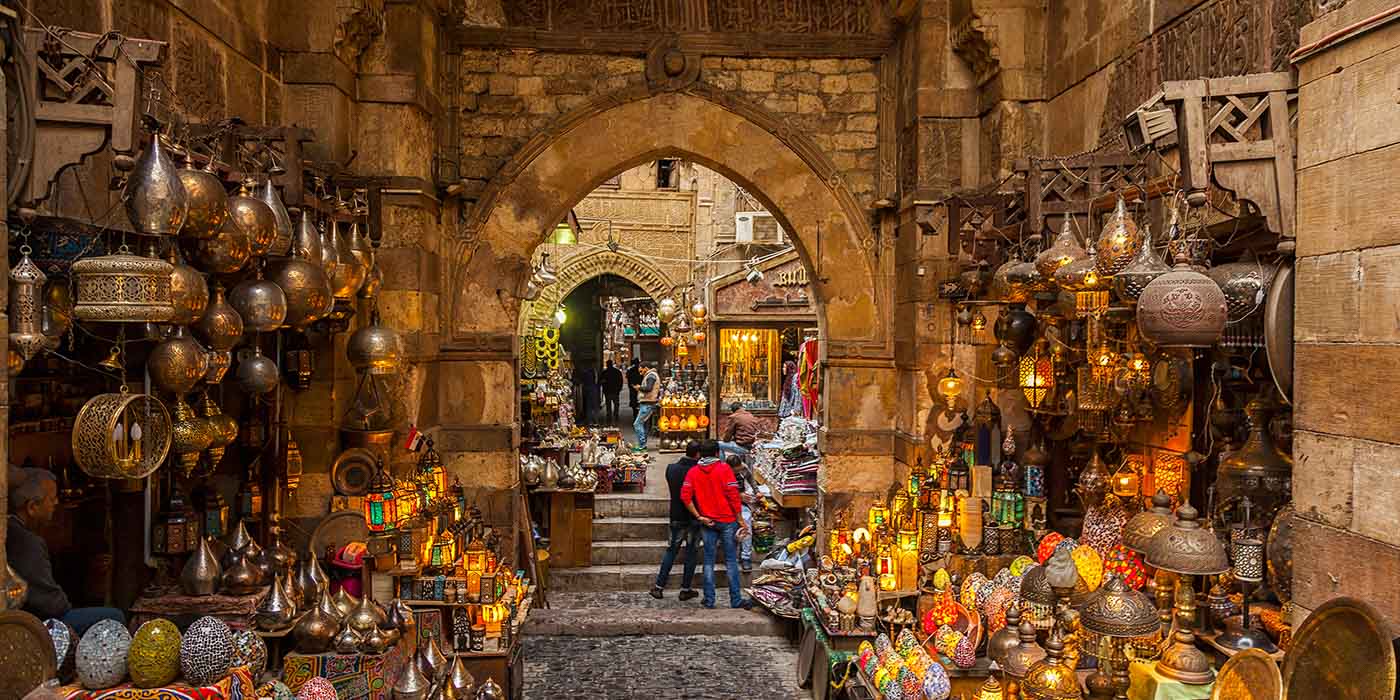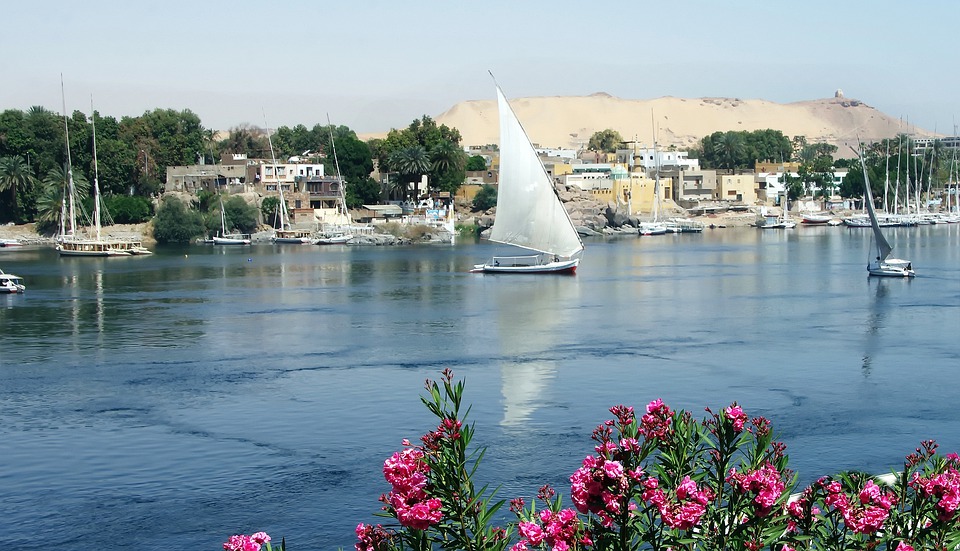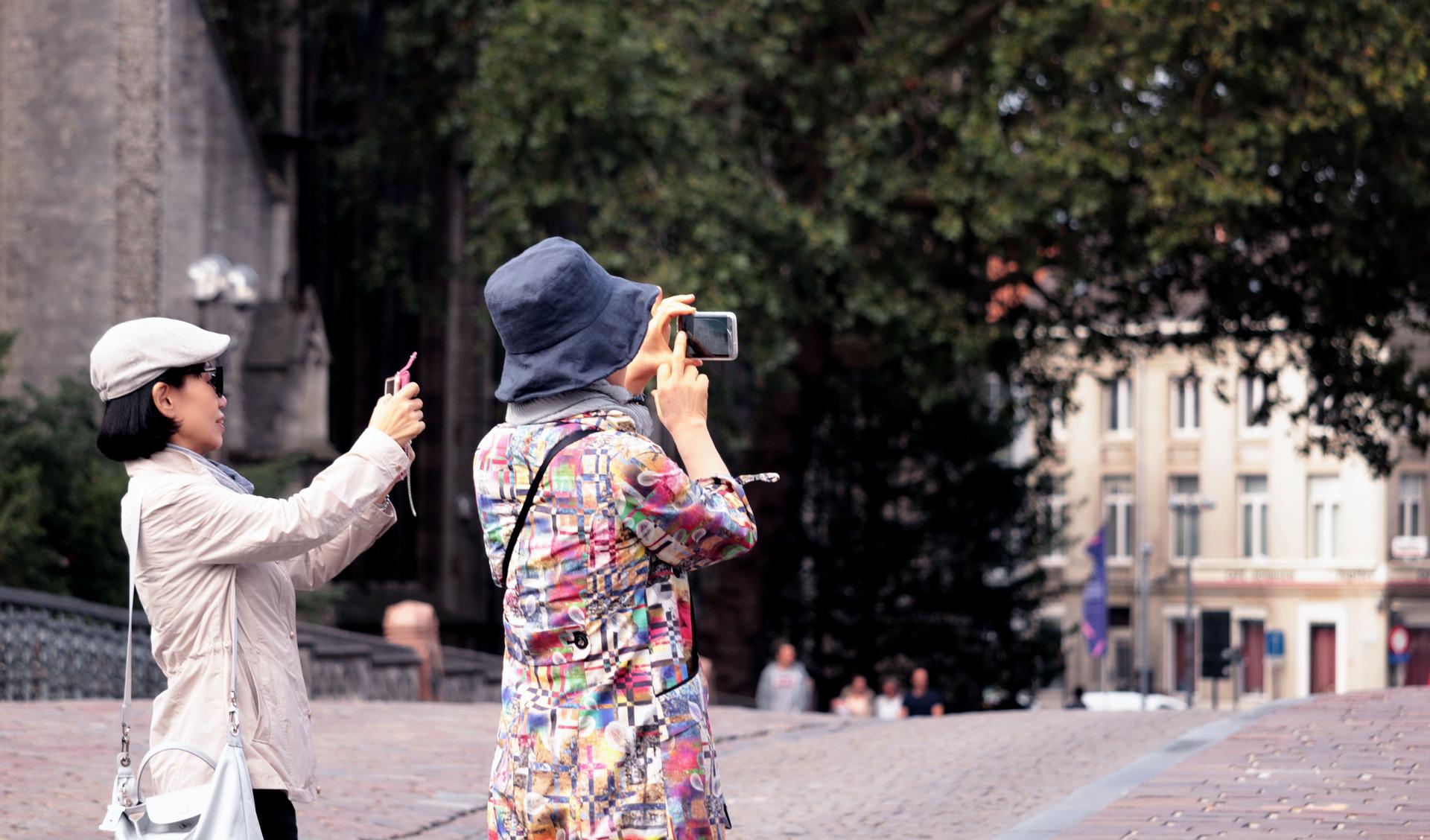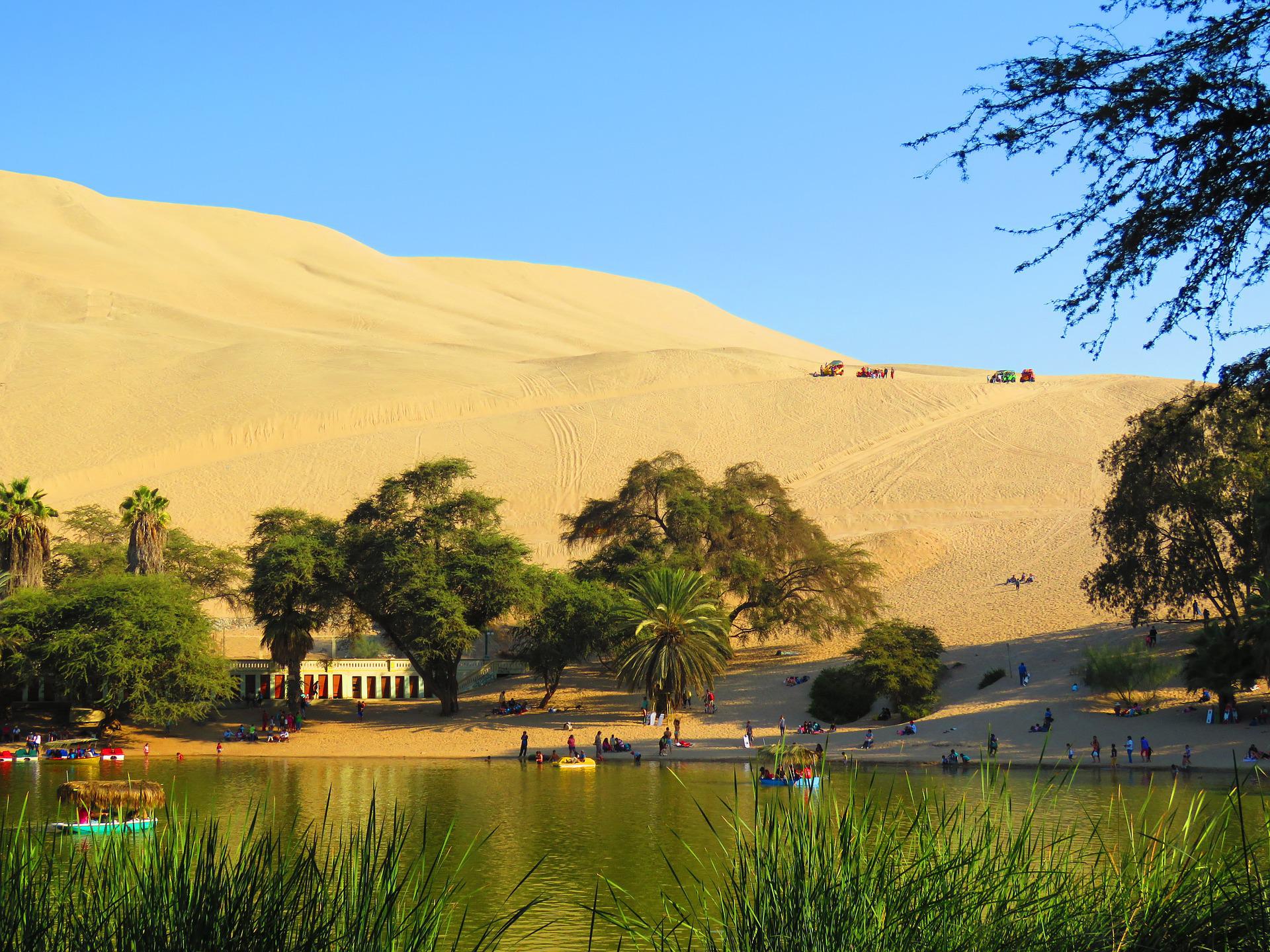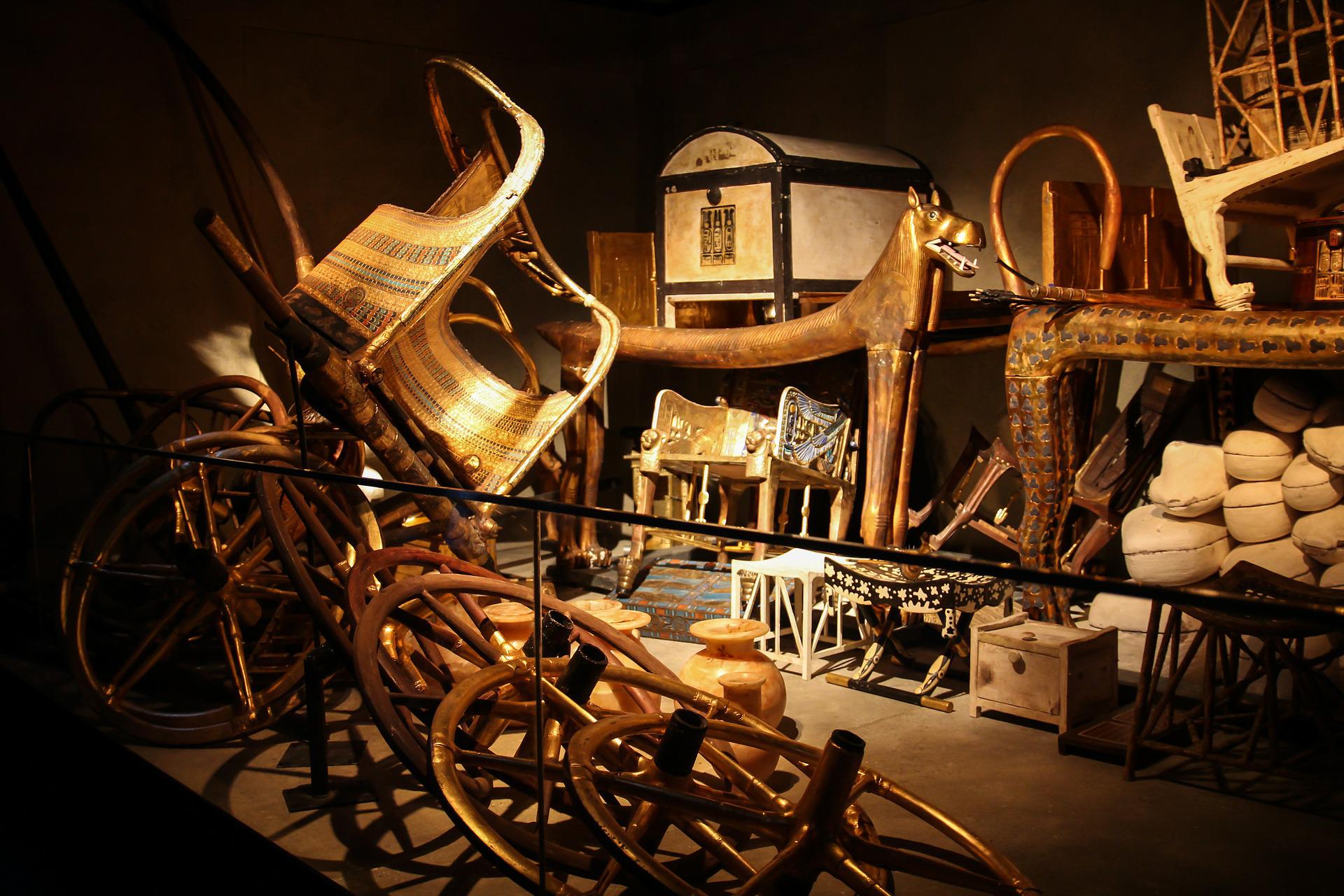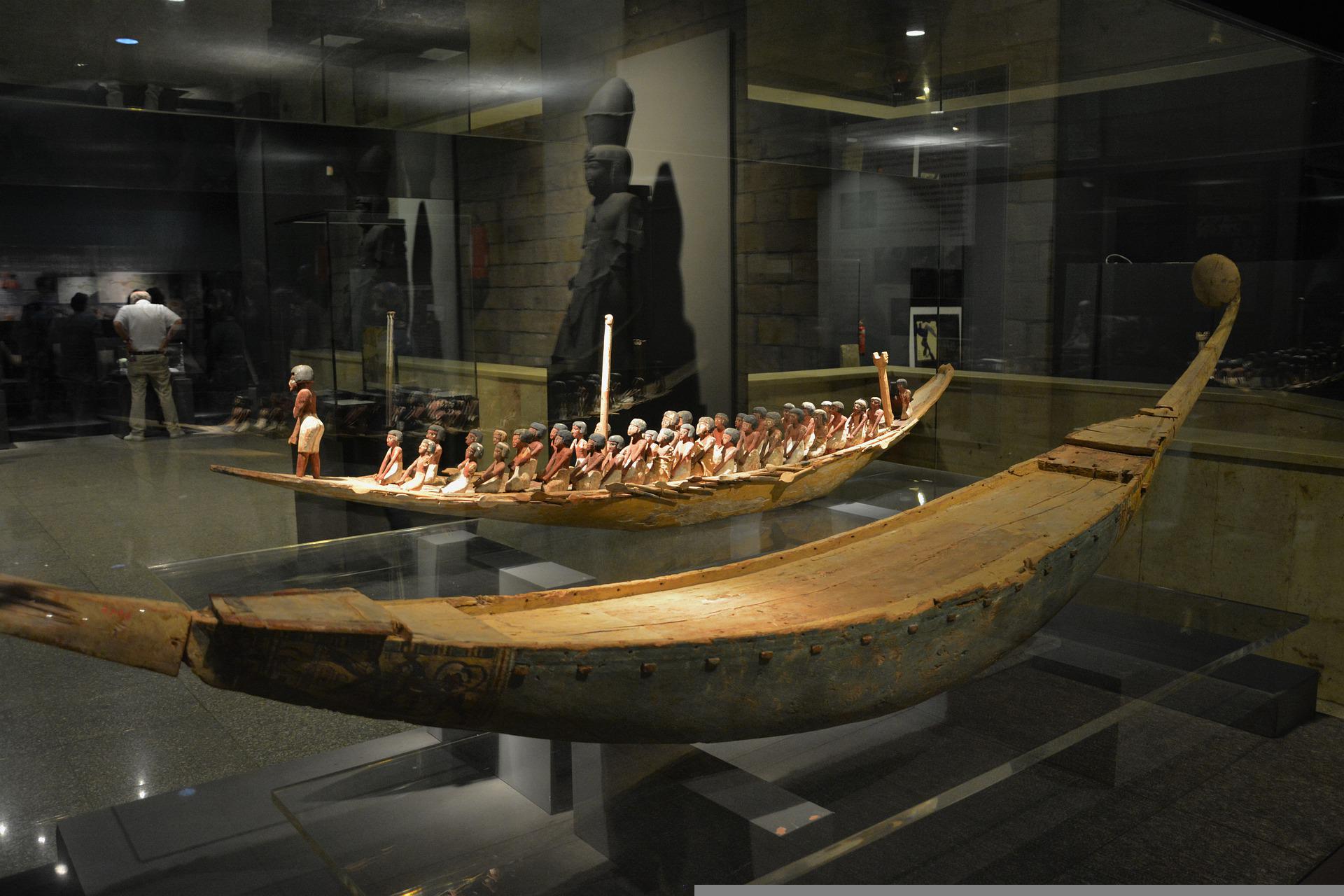
Coptic Cairo of Egypt
Coptic Cairo is believed to be the area where the Holy Family visited and stayed, and the fortress of Christianity until Islamic rule. It is one of the most historic and beautiful spots in the heart of old Cairo. With some buildings going back to the 6th center BC, and so much history and beauty, it’s definitely worth a visit. Here’s our guide to this charming part of the highly spiritual Old City.
Old Roman Walls
Upon exiting the metro, you’ll see the old Roman walls to your right. In the 2nd century, the Romans built a fortress in Cairo along this neighborhood, which they called Babylon . The rounded towers of the western gate of the Babylon fortress were built in 98AD, and together with the existing southern gate, they are amongst the oldest structures in Cairo .
This tall fortress once controlled traffic and trade along the Nile, while it was also connected to the Red Sea canal. The Roman Walls are visible from the street, and there is no fee for viewing them or taking photographs.
The Hanging Church
Saint Virgin Mary’s Coptic Orthodox Church, or the Hanging Church , was built over the water gate of the old Roman fortress. It is called the hanging church because the sanctuaries are actually suspended over what was once the southern tower gate of the Babylon walls. A functioning Coptic church till this day, its contemporary structure is suspected to go back to the 5th or 6th centuries, though it underwent several renovations and additions.
This impressive basilica has seven sanctuaries. There are dedicated alters to the Virgin Mary, St. John the Baptist and St. Mar Girgis. There are also several beautiful icons of Christ, the Virgin Mary, Archangel Gabriel and St. Peter. From the 11th to the 14th centuries, this church was the seat of the Coptic patriarchate.
The Coptic Museum
Established in 1908, the Coptic Museum houses the largest collection of Coptic textiles, tapestries, stone work and other artefacts. The museum contains over 15,000 ancient antiques, many of
which were donated by the local Coptic community. The well-marked and recently renovated museum guides audiences through a very educational history of Christianity in Egypt .
Serving as the transition between a polytheistic culture to the Islamic era, the Museum examines how Christian symbols took a new spin on ancient Egyptian mythological characters and pharaonic icons. The museum is divided into sections based on medium including textiles, frescos, stonework, woodwork, metalwork, glass and ceramics. Open to special researchers only is the Naga Hammadi Library, which houses 1200 ancient Coptic manuscripts.
The Church of St Sergius and St. Bacchus
The Church of St. Sergius and St. Bacchus, also known as Abu Sarga, is the oldest church in Egypt ,
dating back to the 5th century. Dedicated to two early martyrs killed in Syria by the Roman Emperor Maximilian, the Church has a beautiful old basilica style and shares much in similarity with
the style of the Hanging Church .
Rumour has it that this church was built upon the crypt that the Holy Family stayed in during their flight in Egypt , escaping Herod’s persecution. It is thus a popular pilgrim destination for many Christians. The house of worship is laden with interesting geometric crosses of ivory and ebony. There are also several icons of St. George and John the Baptist from the 18 th century.
Ben Ezra Synagogue
Just behind the Hanging Church , you’ll find Egypt ’s oldest synagogue. Originally built as a church in the 4th century, the building was sold to pay the taxes imposed on the church by Ibn Tulun’s government. It was bought in the late 9th century by Abraham Ben Ezra, former Rabbi of Jerusalem, after whom the synagogue is named.
Legend has it that an adjacent spring marks the place where Moses was found in the reeds. This is also a tourist attraction; because tradition holds that this is where famous medieval rabbi Moses Maimonides worshiped when he lived in Cairo.
The synagogue has a famous archive of ancient and rare Jewish manuscripts, which have given scholars insight into the North African Jewish community of the 11th and 13th centuries.
Beyond the churches, you’ll find opportunities to shop along the streets, with an entire covered stretch leading to Abu Serga.
In total, we spent about 2 1/2 hours exploring Coptic Cairo, though you could easily allocate a bit longer if you want to leisurely explore the shops lining the streets. The Coptic Museum is also a draw for many, but due to our time we weren’t able to add that to the itinerary. The museum is particularly famous for its collection of Christian artifacts and Coptic artwork so art lovers may want to include it in their itineraries.
